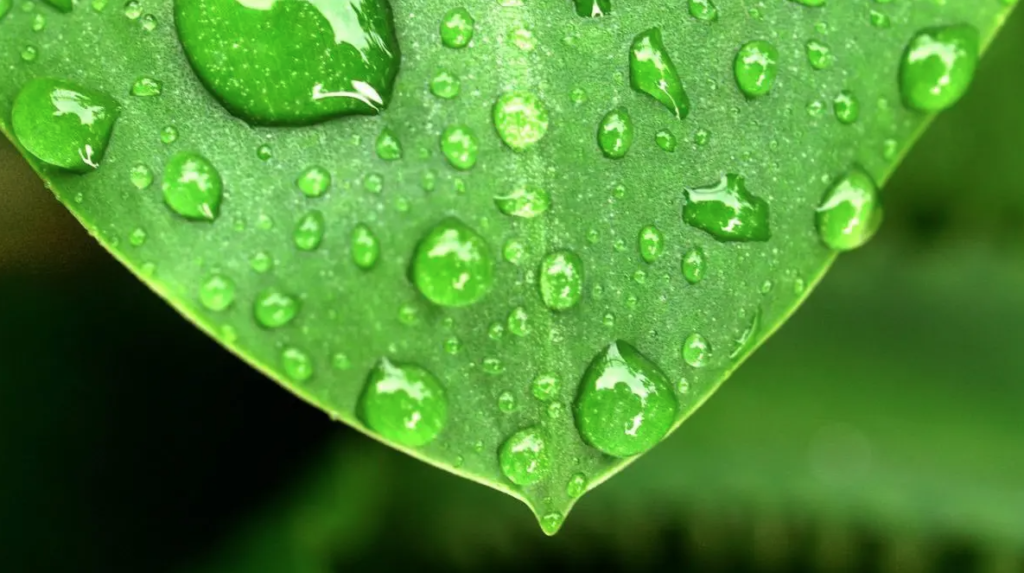By 2030, the Asian country wants to produce 5 million tonnes of renewable hydrogen
(sustainabilityenvironment.com) – A cascade of incentives to take off the renewable hydrogen economy. Also thanks to the new push on photovoltaics in the Himalayas. These are the outlines of India’s plan for the energy transition officially announced these days with the approval of the budget.
Plans for renewable hydrogen
It is an important step because it allocates the resources to implement the plan on renewable hydrogen outlined by the government in early January. For the development of the energy carrier 197 billion rupees are reserved, the equivalent of $ 2.4 billion. The goal to 2030 is to achieve a production of 5 million tons of H2. A part of the incentives will be directed to the creation of a national supply chain for the production of electrolysers.
Pv, storage and hydroelectric pumping
Parallel to the acceleration on hydrogen will run on the photovoltaic in the Himalayan region of Ladakh. The plan to 2030, announced by New Delhi already 2 years ago, is to install at least 500 new renewable GW. A good part will be concentrated in Ladakh. The 2023 budget, on this point, provides resources for $ 1 billion to strengthen electricity connections between the mountainous region and the rest of the country. Other funds are reserved for storage. They will mainly take the form of subsidies to the private sector for large-scale energy storage projects.
In the folds of the plan there are also resources for hydroelectric pumping. India has almost 100 hydroelectric plants of power greater than 25 MW, plus nine pumping stations. In 2019, it surpassed Japan by becoming the fifth country in the world for potential hydroelectric capacity, exceeding 50 GW.
The missing adaptation
The funds for adaptation to the climate crisis are far less, indeed almost non-existent. The 2023 budget reserves $650 million to support agriculture -irrigation systems- and access to drinking water in the dry Karnataka region. Crumbs compared to what would be needed. This spring India and Pakistan were affected by a very intense but, above all, early heat wave that brought the agricultural sector to its knees.

